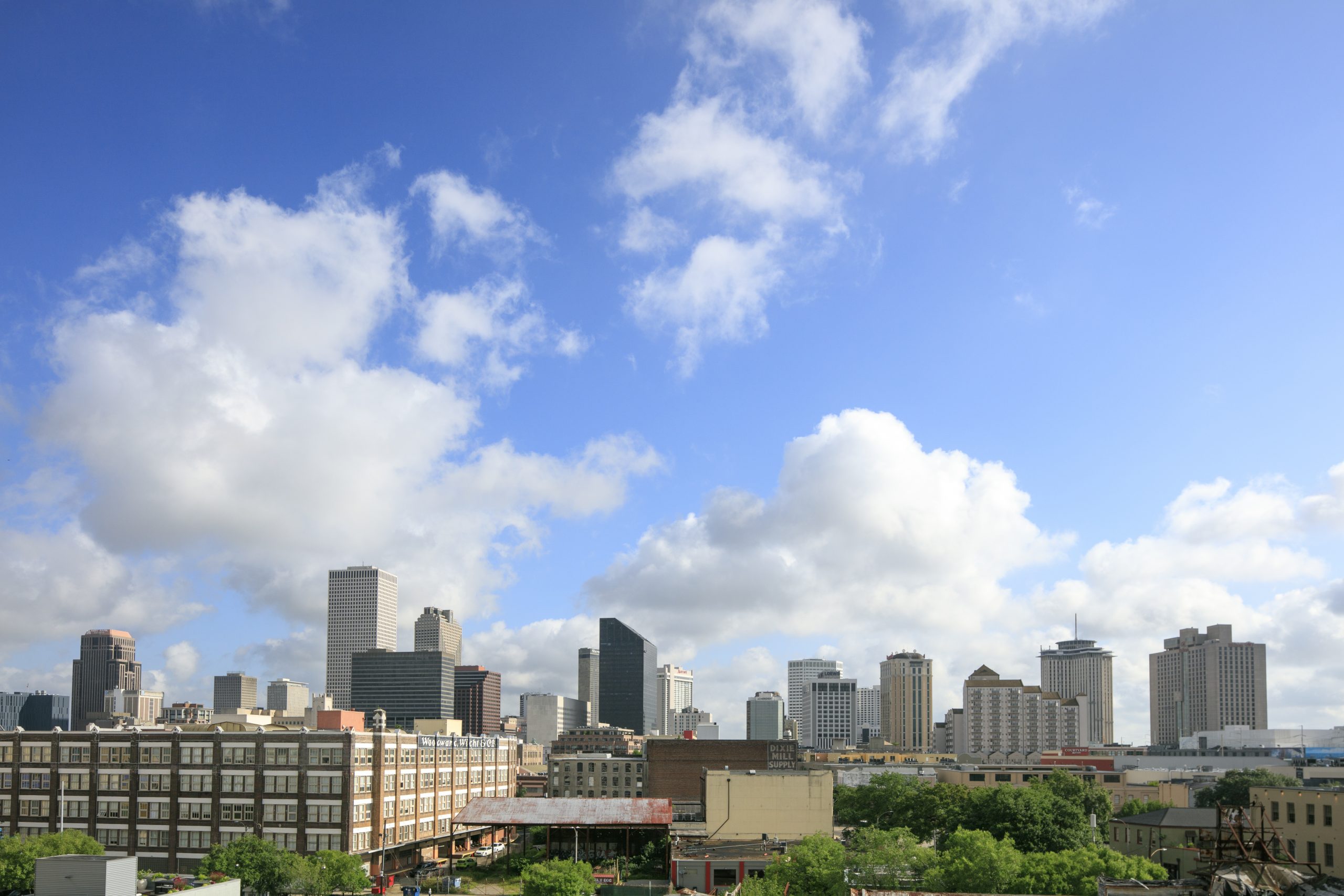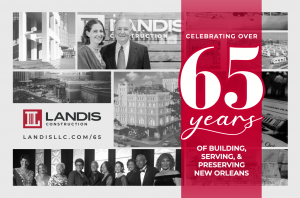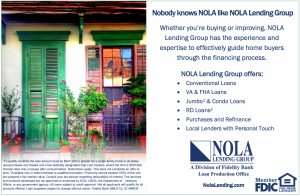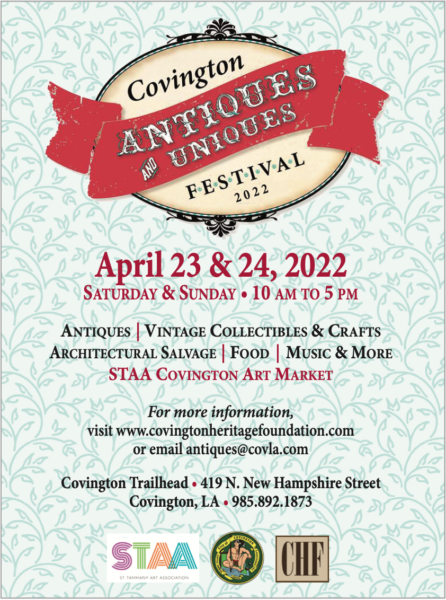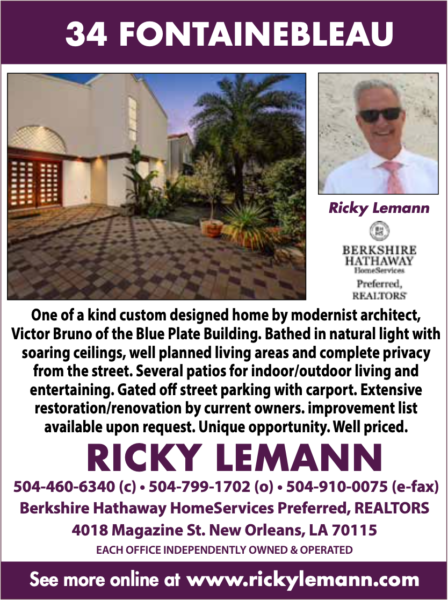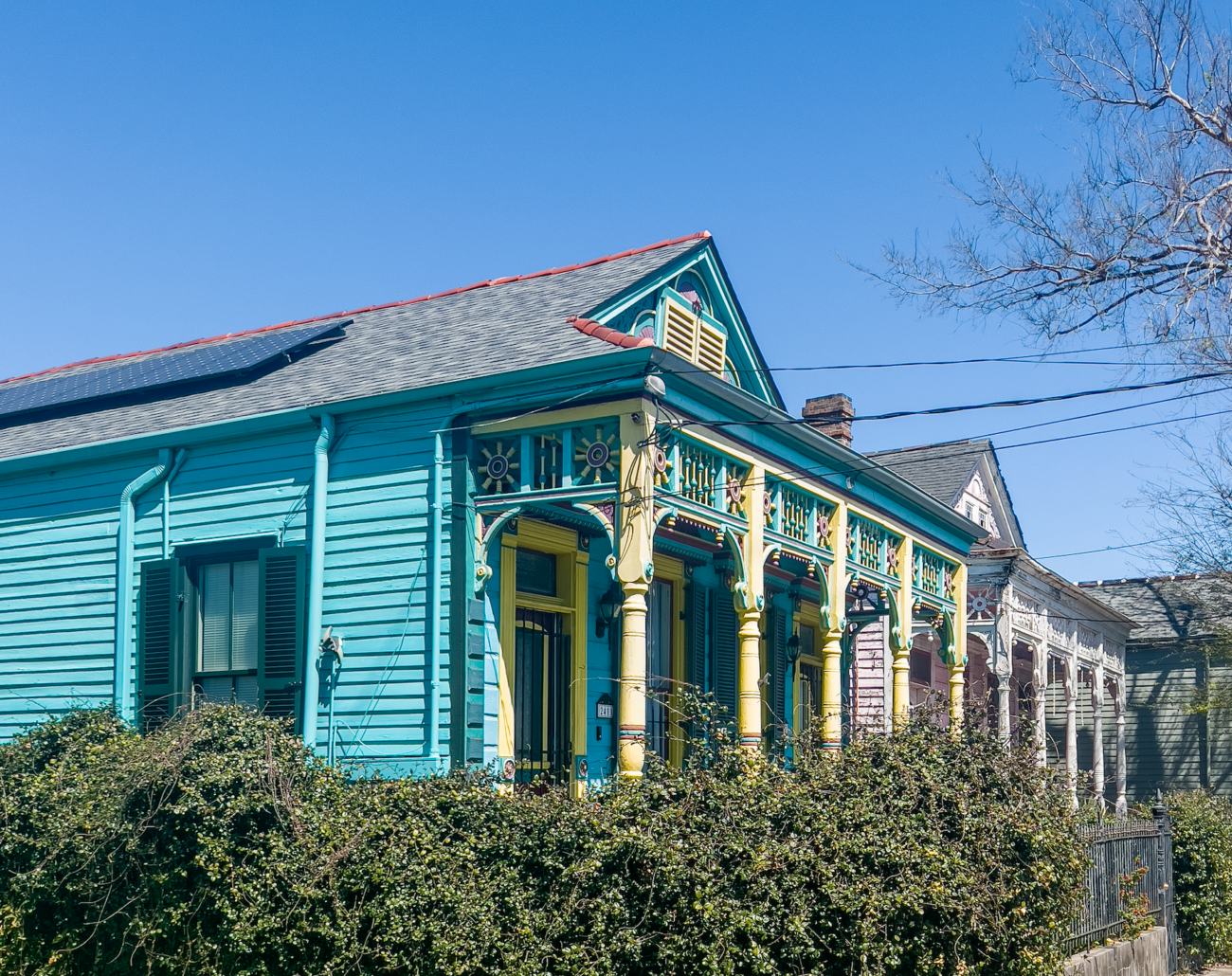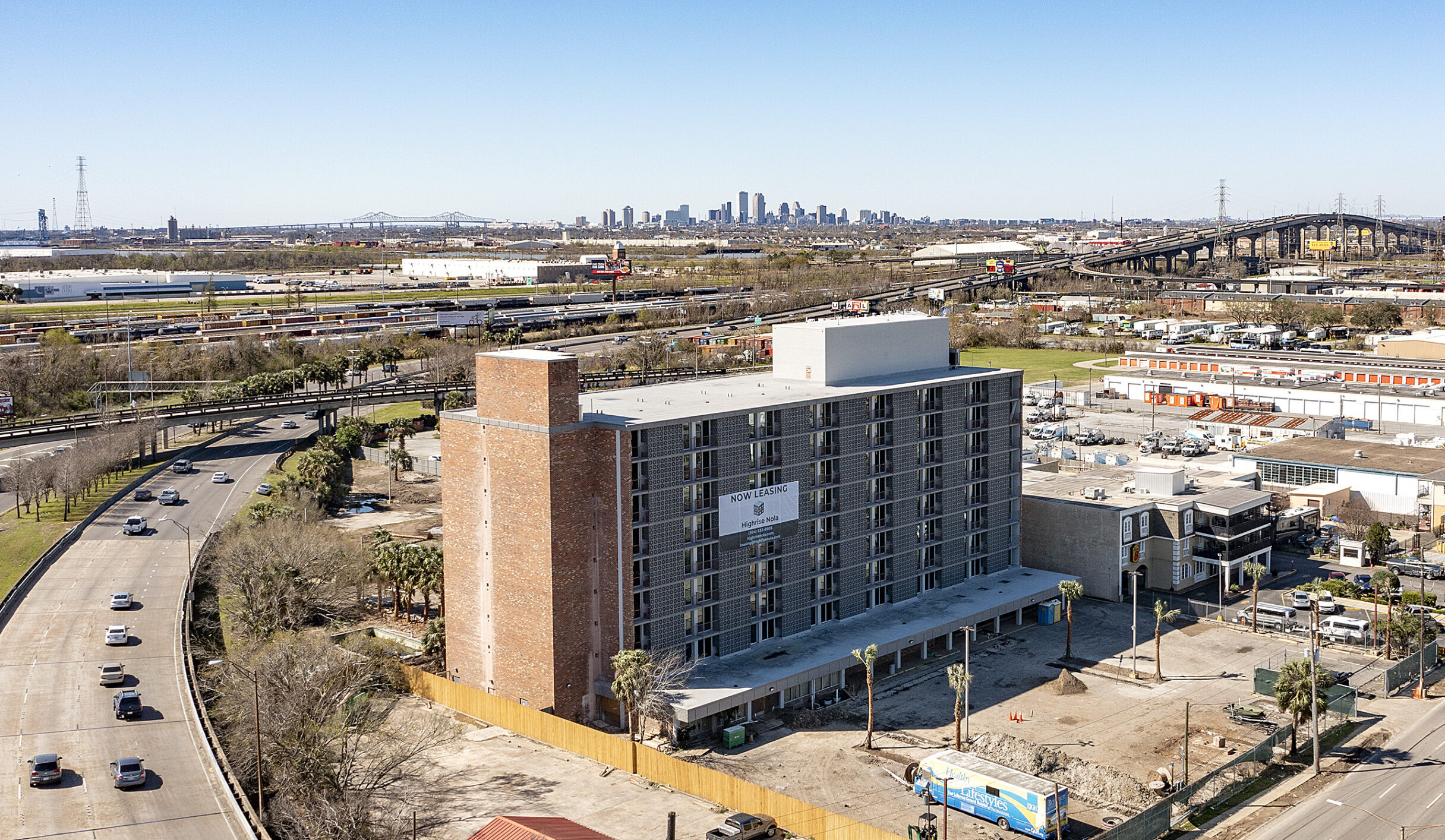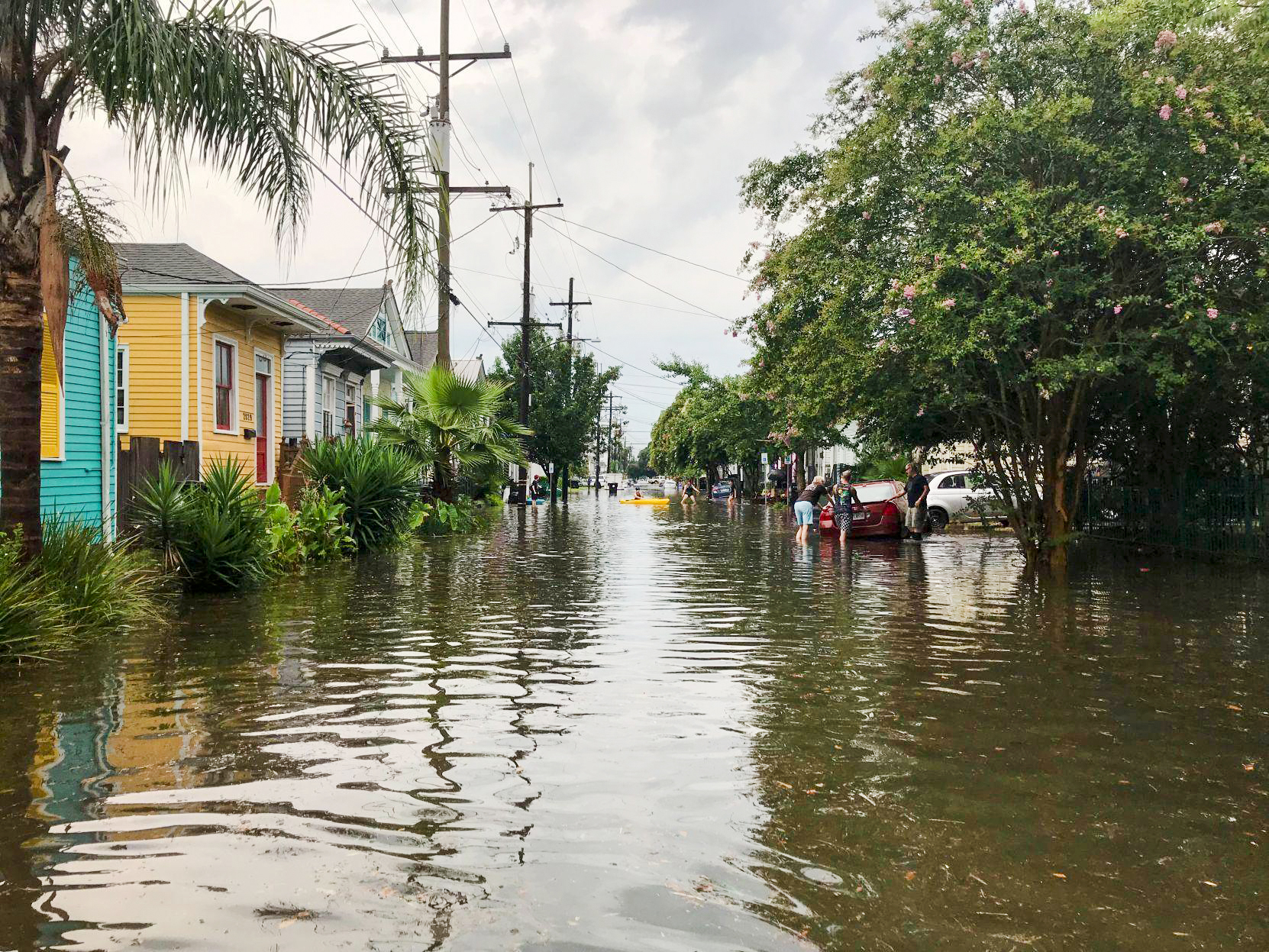This story appeared in the April issue of PRC’s Preservation in Print magazine. Interested in getting more preservation stories like this delivered to your door nine times a year? Become a member of the PRC for a subscription!
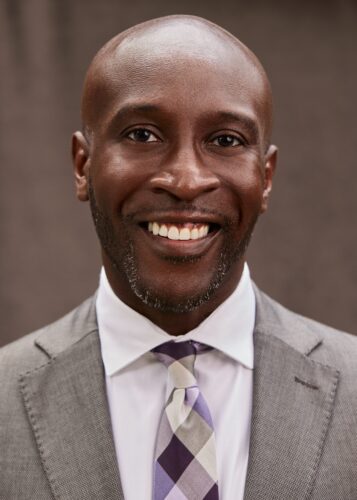 I’m a Preservationist
I’m a Preservationist
Davon Barbour
President & Chief Executive Officer, Downtown Development District
Before joining the Downtown Development District in December, you served as vice president of advocacy and economic development for the Hollywood Partnership in Los Angeles, and before that for development agencies in Baltimore and in Florida. What are the similarities between those areas and New Orleans in terms of economic development?
All the communities in which I have worked are communities driven by a strong tourism economy and rich architectural and cultural heritage. More importantly, these communities have embraced the past while nimbly planning for future growth and market opportunities. Strong anchor institutions are also located in these communities. As I strategize the future of downtown’s economy, the physical presence of Tulane University’s assets is top of mind. Specifically, I fully recognize the power of an “Eds and Meds”-based economic development strategy. The BioMedical District downtown is our next untapped frontier. The New Orleans community can commercialize university-based research, attract and retain top-notch academic talent, and further diversify our community by providing a high quality of life.
During my tenure in Baltimore, I led a major redevelopment initiative in collaboration with the Johns Hopkins University to facilitate the creation of a life sciences and technology park in a neighborhood of substantial need. By successfully negotiating a programmatic agreement for historic preservation with the Maryland Historical Trust, private developers renovated hundreds of historic buildings for residential and commercial uses. I am enormously proud of this work.
The pandemic has caused many businesses to reconsider their need for office space. What is the current occupancy rate for downtown office buildings, and what are you hearing from companies about their plans to return to the office?
The shape of the office market is indeed changing. The global pandemic unveiled the fervent desire by workers for convenience. The good news is that communities across the country are beginning to ease indoor mask requirements while vaccination rates increase and positive cases decline. According to CoStar (a commercial real estate information company), the office vacancy rate for the Central Business District stood at 10.1 percent at the end of Q4 (fourth quarter) 2021.
I remain bullish on the state of the office market. Companies still believe in downtown. However, they increasingly recognize the need to offer flexible work hours for their employees. The DDD is committed to delivering high-quality services to cater to the needs of our workers. Downtown New Orleans is the regional employment center. We must preserve this stature by ensuring that streets are clean, public spaces are manicured, and that the area is safe. The DDD is also very mindful that office workers are a key consumer segment for the small businesses located within the district.
Advertisement
What are the biggest advantages and biggest challenges ahead for downtown as we emerge from the pandemic?
Downtowns are here to stay. One of our biggest competitive advantages is our university cluster. We have an incredible opportunity to retain these young professionals that seek urban markets, affordability and diversity. Our biggest challenge is restoring civility in the public realm. Specifically, it is imperative that the DDD, in collaboration with the city, deliver a stellar, clean and safe experience. New Orleans, like other urban markets, competes for talent — workforce and businesses. I am hearing from my peers across the country about the shared challenges to address public safety. Our inability to earn stakeholder confidence will result in stalled investment in our respective community.
There was a lot of buzz about the revitalization of Canal Street right before the Hard Rock Hotel building collapsed and then the pandemic began. What’s ahead for Canal Street now?
We should all continue to believe that Canal Street is our crown jewel that needs polishing. The recent adaptive reuse of the former World Trade Center into the $480 million Four Seasons Hotel and Residences is a significant private investment along Canal Street. The Vue Orleans visitor attraction also just opened its doors. We must celebrate this confidence in the market and build off this momentum.
I am a 100-percent believer in brick-and-mortar retail and, more importantly, a believer in the success of Canal Street. The retail industry is quickly evolving, and we as a community must keep up with these changes, such as land use regulations, parking requirements and more. Many of the national retail brands and stores that we grew up with no longer exist. My counterparts from all over the country, along with New Orleans, have witnessed many store closures and bankruptcies throughout the global pandemic. More importantly, consumer shopping preferences continue to evolve as evidenced by the growth of online shopping.
It is up to the downtown community to collaboratively work to create a compelling shopping destination that is visually stunning, well merchandised and safe for all. To achieve this success, the DDD’s number one priority is addressing clean and safe initiatives. We are specifically onboarding innovative technology to inventory public realm assets and creating a maintenance schedule to accurately report on progress in downtown. We are expanding our façade improvement program to enhance the curb appeal of commercial properties throughout the district. Finally, we are stepping up code enforcement functions by advancing an effort to deputize our Public Safety Rangers to perform this task within the district. It is up to individual businesses and properties to maintain the attractiveness of their operations.
We passionately believe in leveraging local talent to curate an authentic and unique shopping experience along Canal Street, where millions of visitors annually visit. The DDD is developing a merchandise and leasing strategy in partnership with local brokers and property owners that seeks the highest and best tenant mix along the corridor. During the pandemic, ICSC, the world’s largest retail real estate trade organization and on whose Board of Trustees I serve, conducted a survey that resulted in 79 percent of respondents indicating that the pandemic made them more aware of the importance of local businesses. I dream every day of how existing vacant storefronts can become a gateway for local entrepreneurs to our visitors.
Advertisement
The beautiful historic architecture of New Orleans is part of what attracts many visitors to the city. How important is historic preservation in downtown development?
Historic preservation will continue to be important to downtown development. We can promote adaptive reuse while celebrating the rich history of our community. We also must recognize that a building or infrastructure built in the 1930s was not designed to meet the operational needs of a business or service today. It is for this reason that we must remain flexible and pragmatic in facilitating development in historic properties. During my time in Baltimore, I worked on countless adaptive re-use projects of outdated office buildings in downtown. One such project was the conversion of a 1929, 34-story Art Deco former office building into luxury apartments with a ground floor Under Armour Performance Center gym that occupies the former banking areas of the building. Providing advocacy support for the approval of local, state and federal tax credits was instrumental in the delivery of this mixed-use project.
Recently, the DDD authored a letter of support for the Revitalizing Downtowns Act bill, which would provide a federal tax credit towards the conversion of outdated office buildings. I also administered a successful façade improvement program in downtown Baltimore, a neighborhood rich in historic properties, in partnership with the State of Maryland Department of Housing and Community Development and the Maryland Historic Trust, the state’s historic review agency.
You just moved to New Orleans? What do you think of the city so far?
New Orleans enthralls me. I love the southern hospitality. The community has welcomed me with such open arms. It is especially motivating to know that I am part of a community that seeks positive change. I live on Canal Street and walk it daily. There is not a day that goes by when I do not take notes or pictures of opportunities for improvement. There is an unmatched energy that motivates me every day. One of my first experiences was participating in a second line to celebrate the success of the tech sector. I loved it! We can have fun while growing our economy. I have never worked in a community that collectively takes time to simply celebrate life.
Advertisements




